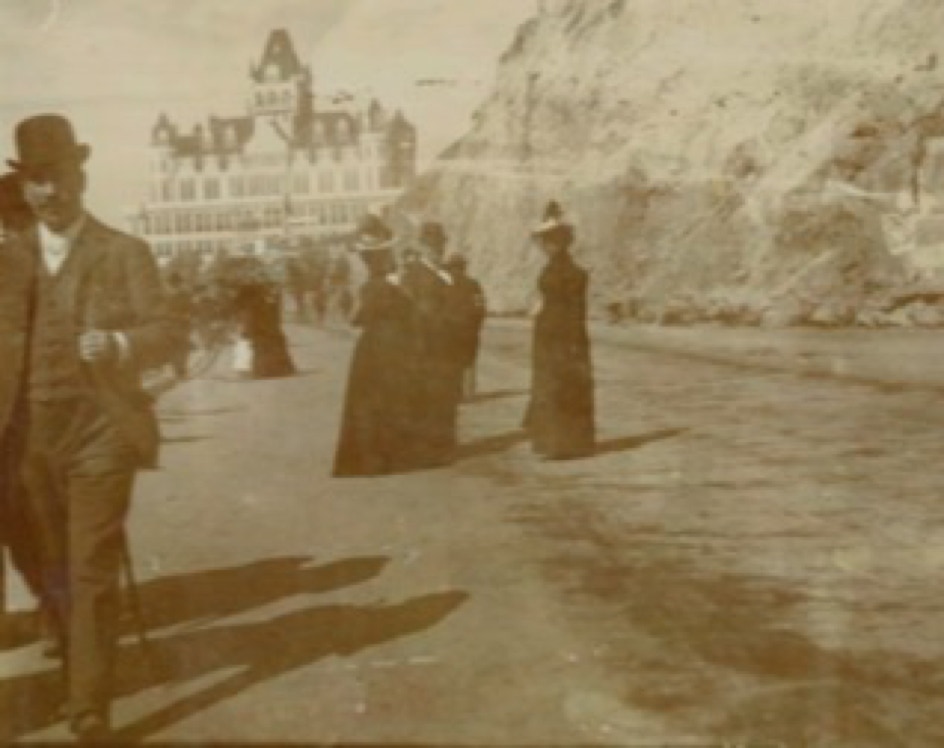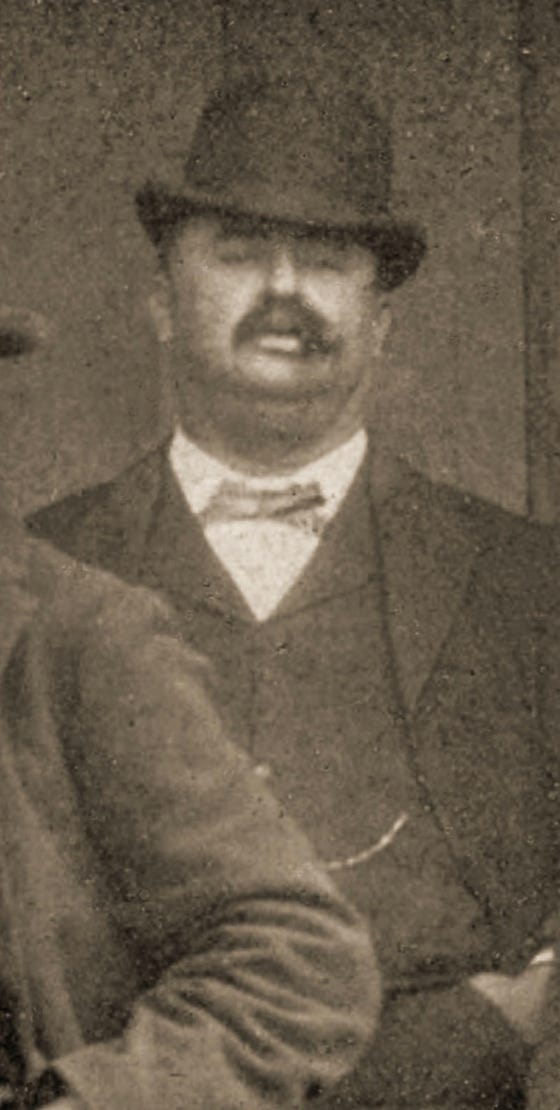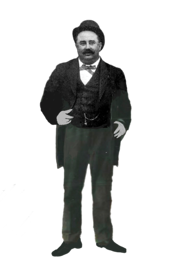
THE PALATINE 1709ers
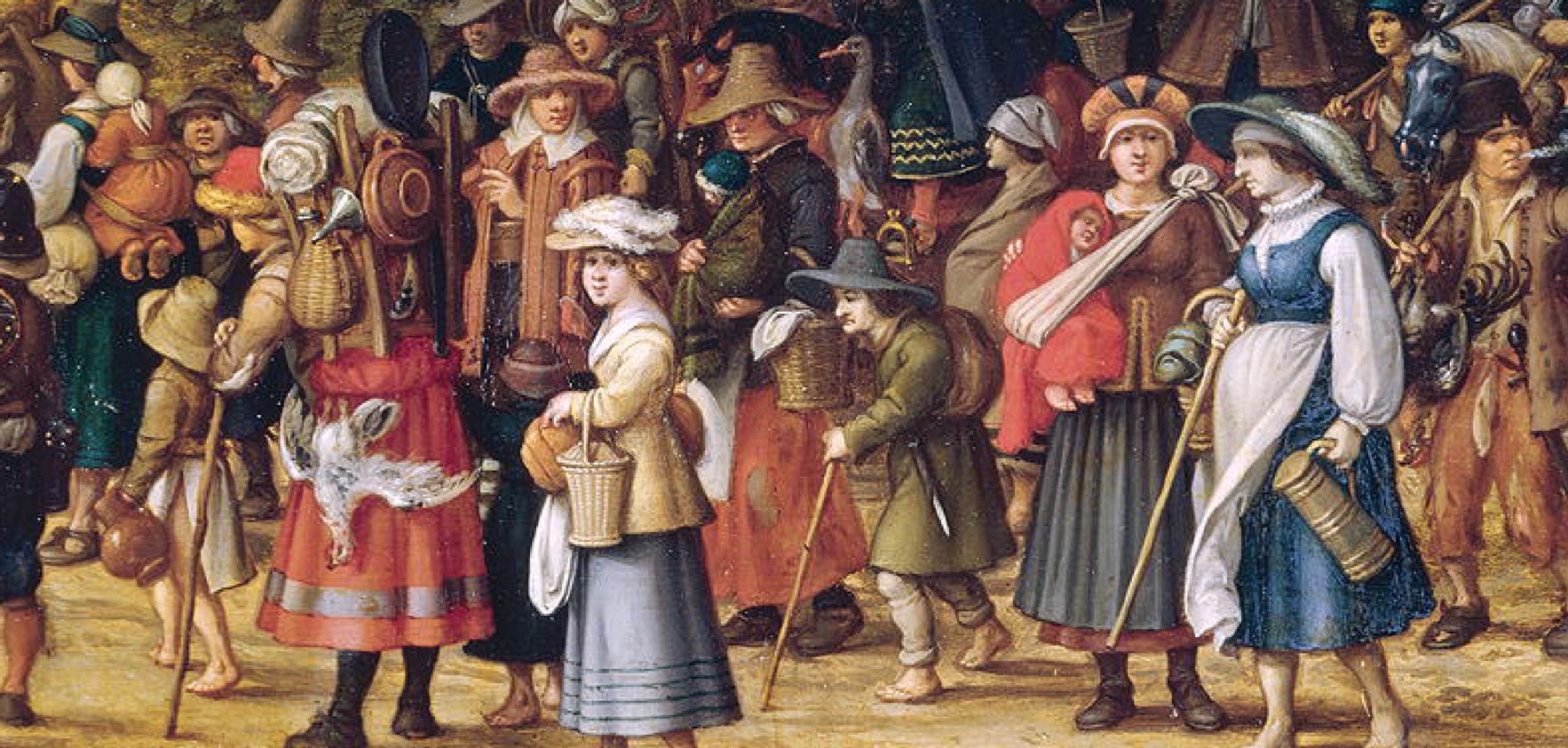
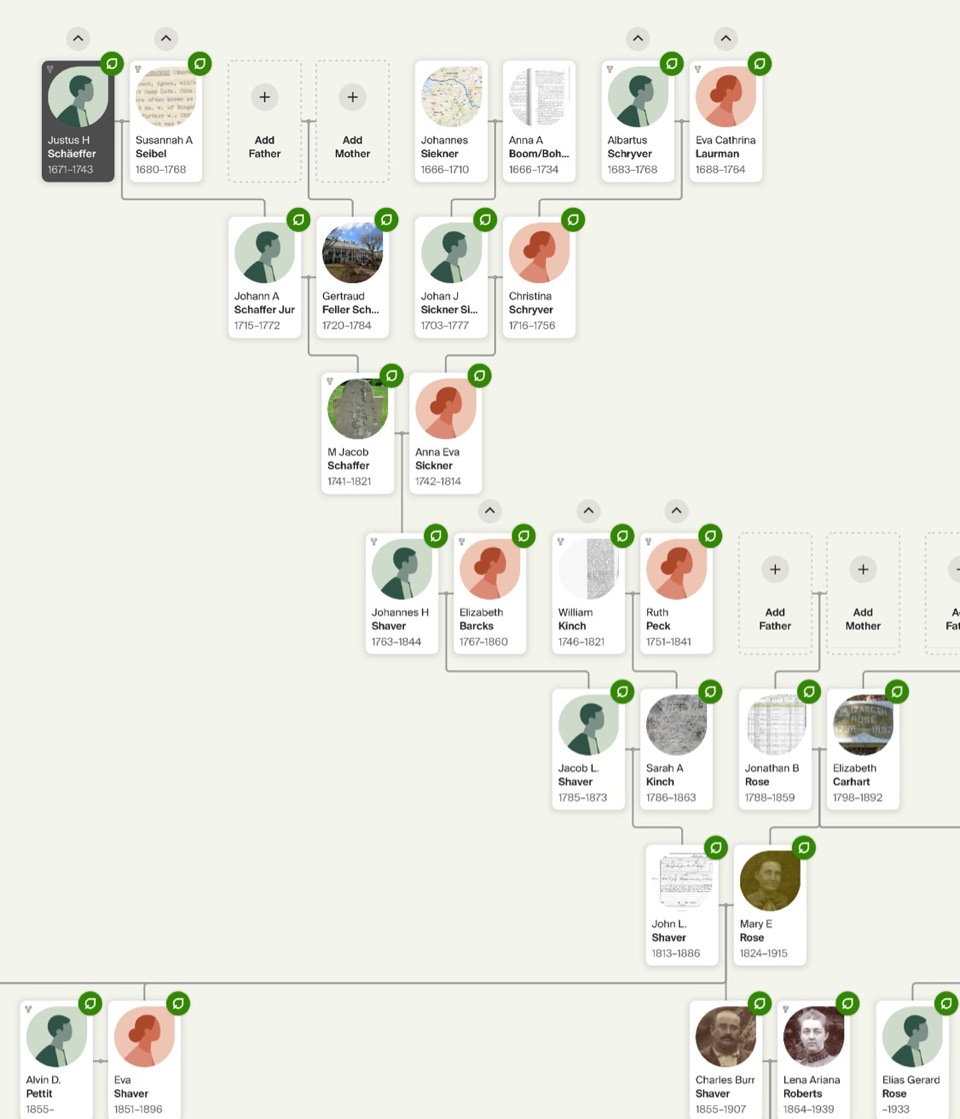
CB’s fifth Great Grand mother Susannah A Seible and Grandfather, Justus H Shaeffer were among 13,000 Palatine Germans who would come to be known as the 1709ers.
They were forced from their land by many years of French invasion. They were enticed to travel down the Reine River to Rotterdam, to England and on to America with visions of promised land and prosperity. Conditions were miserable throughout their journey, many died. Eventually they landed in America as part of a group of three hundred indentured servants on a plantation on the banks of the Hudson River where the town of Rheinebeck now stands., eatablished to produce pine tar and other products for the British navy, The plantation was illconceived and destined for failure.
After two generations of struggle on the plantation Anna (Sikler) Scgaffer and M Jacob Schaffer, CB’s Third Great Grand Parents, were able to leave and, with others, including Jacob’s brother and other Schaffers, establish Shavertown on the Delaware River in the Catskills. By 1820 there were 18 Shaver house holds in Delaware County.
The 1709ers never found the promised land of milk and honey of the Golden Book, but they did find a wilderness ready to be tamed and transformed into liveable communities by perseverance and hard work. Their story is a tribute to their fortitude and quality of character which enabled them to find the inner strength to meet the terrible difficulties they faced in their new life in a new world. The Palatine families of New York met the challenge head on and not only survived, but established a secure and important place in American life.
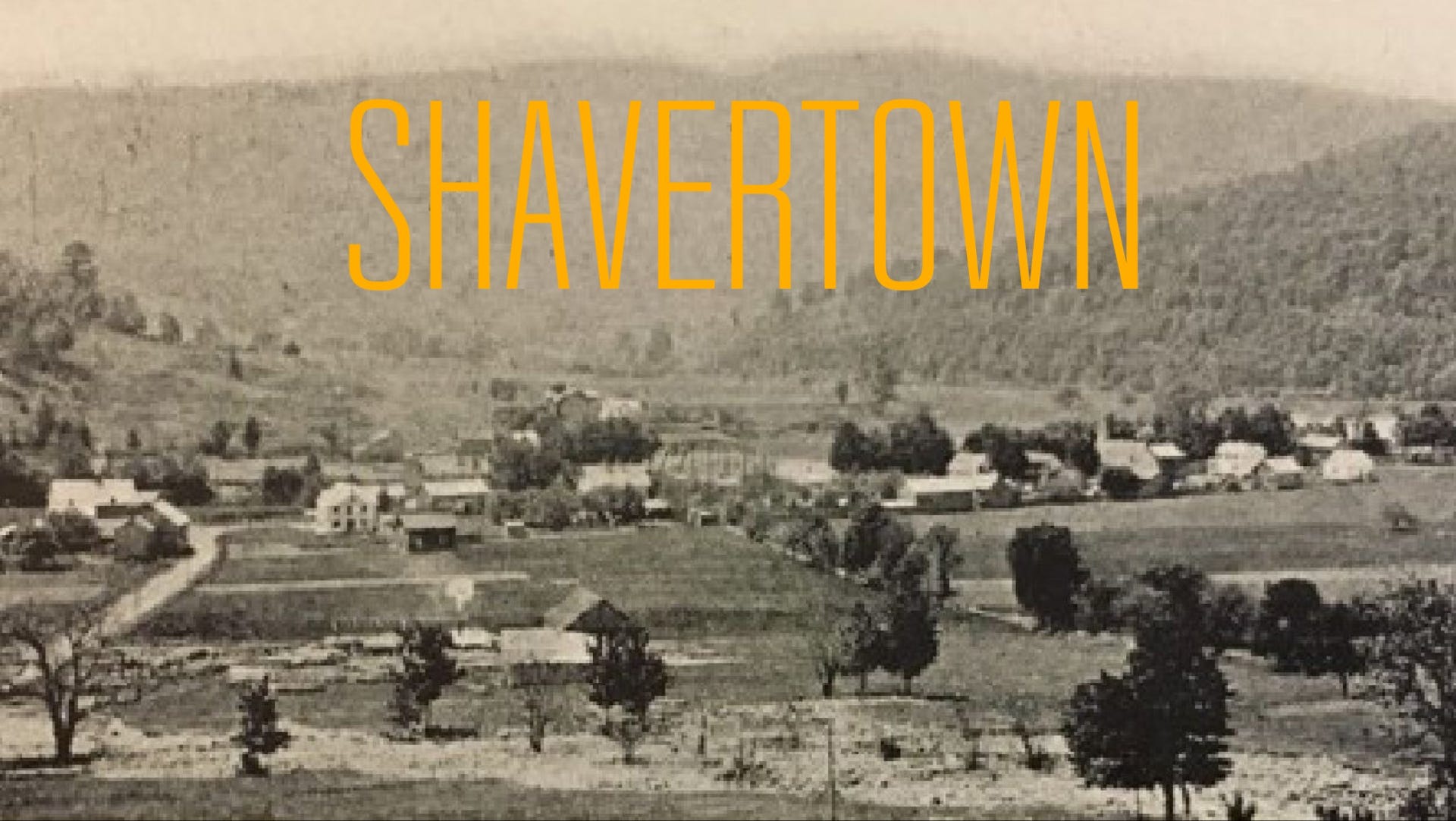

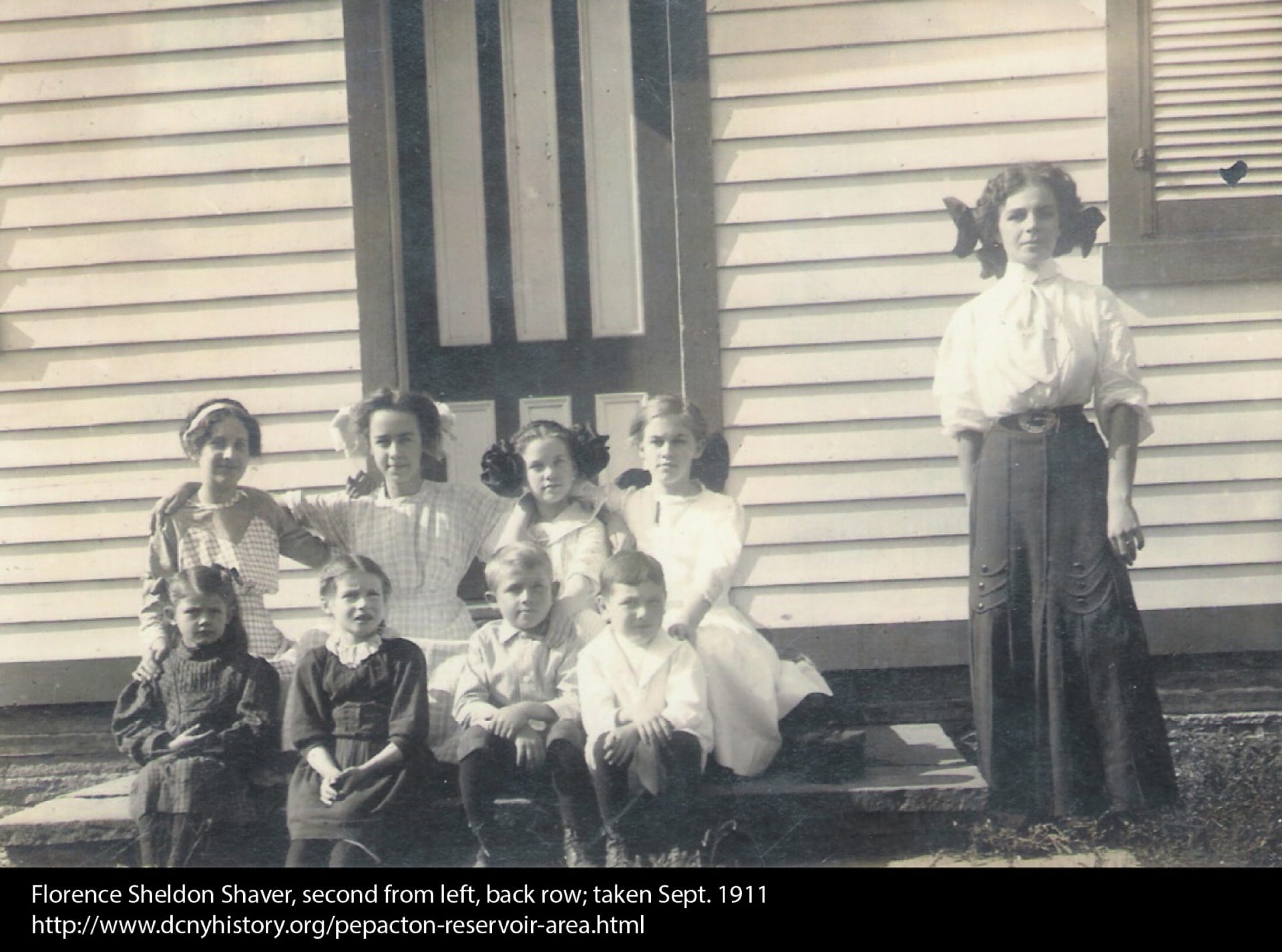
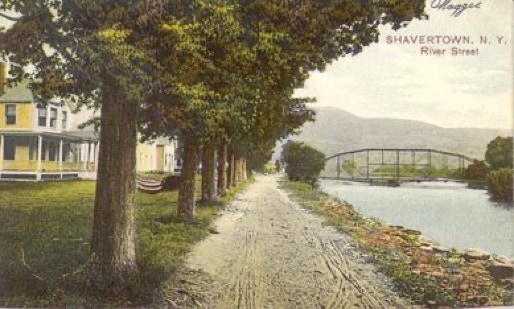
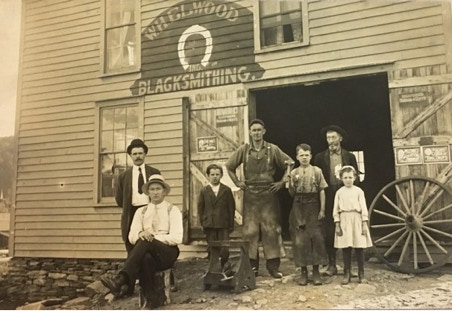

Pepacton Reservoir was created in the 1950’ s
to supply water to New York City. What remains of
Shavertown lies smoldering in its depths.
On to Canisteo
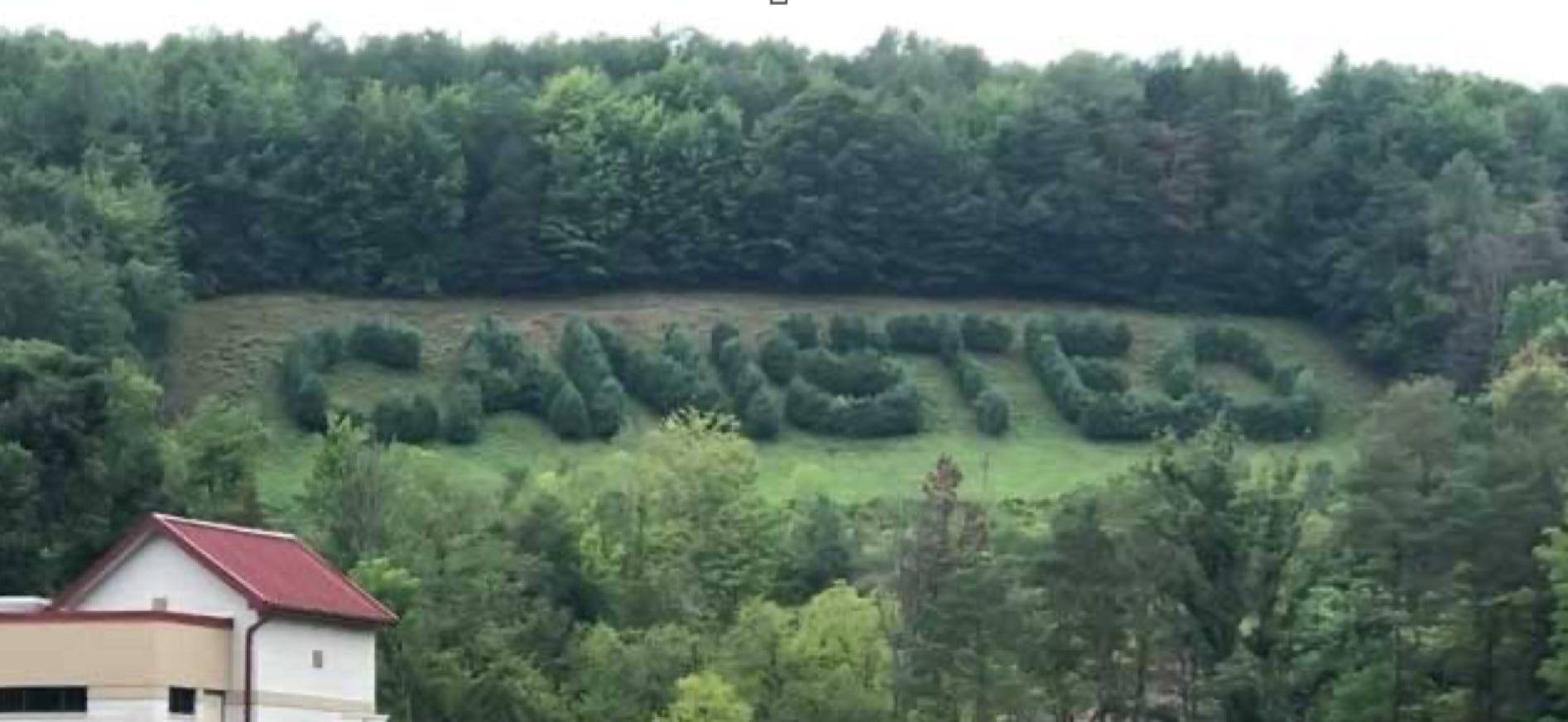
Noted in the Guiness book of records as the worlds biggest living sign.
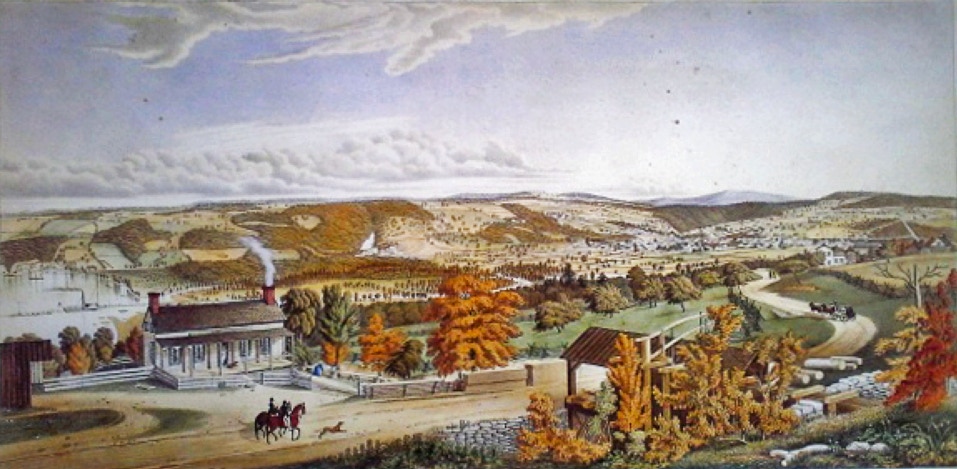
In 1838 CB’s Grandfather, Jacob L Shaver moved his family from Shavertown to create a small farm on the outskirts of Canisteo, New York. CB’s father John, 25 and trained as a Miller, became a farmer. In 1846 John married Polly Rose in in Canisteo. Polly Rose was from Tomkins County, New York, both Polly and John were millers in the state until 1864. CB was the third of four children. He had an older brother Truman and two sisters, Sarah and Eva. .
When the Civil War broke out in 1861 C.B. was 6 years old, and his brother Truman was 13. When Truman was 17 he enlisted in the Union Army and served until the end of the war. After Truman was discharged the family moved west to Michigan to join the rest of the family. John L. , Grandfather Jacob as well as his brother Jeremiah stayed with farm-ing, while his brother Lewis become a sawyer. C.B. attended public schools in Michigan and about 1874, when 19 years old, he got his start in the lumber business with a job with Whitney & Stinchfield, a large Detroit com-pany.
He started from the “ground up” but rose quickly in” “the company becoming an expert lumberjack and advancing quickly to woods foreman. The Michigan lumber business was booming at this time, primarily logging White Pine. Many men made huge for-tunes, came to be called “lumber barons”. David Whitney was one such man. He had become a millionaire before he was just 27 years old.After 7 years at Whitney & Stinchfield, in 1882 C.B. joined the firm of A.B. Long & Son where he expanded his experi-ence and became expert in setting up logging railroads. His association with Arthur B. Long and his father George would be a longstanding one. The Longs became involved in the financing and management of C.B.’s later ventures in California.
During his time working for the Longs, C.B. married Lena Roberts in 1883 and purchased a large home where two of their 3 daughters were born, Grace in 1886 and Ethyl in 1889. Doris was born later in 1897 after the moved to California. In 1884 Lena’s sister Minnie married Harvey Swift another lumberman. He and his brother Lewis had built and run lumber mills in Cheboygan in norther Michigan, and would figure prominently in C.B.’s life and business.In 1889 C.B. became general manager of the White & Friant Lumber Co. where he participated in the construction of mills and lumber railroads. In 1891 he built a sawmill in Missouri for the Boyden Wyman Lumber Company. Many thought that the forests of Michigan would last for many years, but within 20 years, 1870 -1890 most of the trees were cut. So the lumber barons looking for new oppor tunities turned their attention to California. David Whitney began investing in timber interests all over the state.
And Thomas Friant made a year long visit to California touring the Sugar Pine forests on horseback. He then participated in setting up the Yosemite Lumber Company. C.B. at 35 had done well and was wealthy but he had higher ambitions, likely inspired by his previous employers, so he looked west as well. He had some capital, good connections, and most importantly the experience and expertise. Likely on the advice of Friant, C.B. and Lewis and perhaps Harvey Swift traveled to California in 1891 to investigate. There were a number of large logging operation in the southern Sierra but none had yet tackled the area east of Fresno on Pine Ridge because getting equipment in and the lumber out was extremely difficult and expensive due to the “extremely steep terrain. The only access in an out the long, steep wagon road called the Toll House Grade. A new enterprise called Fresno Flume and Irrigation Com-pany had just been incorporated to build move lumber down the mountain and then use the water for irrigation. The in-vestors had secured the property at Stephenson Meadow and begun construction of a dam and flume. C.B. and the Swift brothers approached the group and invested in the company and to utilize their experience to complete the flume and mill. The next summer, 1892, C.B. moved to California to super-vise completion of flume construction. The partial flume that had been constructed was a square box flume designed for transporting water. For lumber they needed a V shape flume patterned after two that had been constructed a few years earlier in two other nearby opera-tions, one just south of Yosemite, the Madera Sugar Pine Compa-ny that from Oakhurst to Madera and another, the Sanger Lumer Company from Kings Canyon to Sanger. They built the V shaped flume directly over the square box flume which would extend part way down the hill where the water from the square box flume would dump into a creek to be carried to the valley for farm irrigation. From there on, around the steepest cliffs they built the V shaped flume to carry the lumber from the mill to the town of Clovis.
The August 19 1892 issue of The Fresno Weekly Republican reported: “Not many years ago where Pine Ridge now stands it was one vast wilderness… But now …it is being rapidly transformed into a veritable western town. The sawmills are all in full blast cutting lumber for the construction of the flume. The flume is progressing rapidly about two miles for the first month. About 100 men are at work. Wages range from $26 to $50 per month.” Many difficulties ensued. “ Quite a number of minor accidents have occurred her within the past ten days, such as toe and finger mashings, hand and leg crushings, single handed runaways, flume cave in’s etc. Two spans of the flume a few days ago took a tumble “down a deep canyon just after the two bosses Messrs CB Shaver and RB Bater and several of the flumes workers had passed over the narrow walkway. The rock dam was washed away twice, until they devised a clever structural system using several layers of 3x12 lumber that reinforced the stone work. The lumber for construction was floated down the flume, while tools, hardware and men rode in triangular “boats”. Construction along the steep sections of the flume were particularly challenging, it was said that C.B. had to be lowered down himself by ropes to show the crew how to set dynamite and to create secure footings for the tall trestles need to carry the flume, which had to be carefully built to a consistent angle to carry the water at a pace that was not too fast. Lewis Swift arrived with 2 dozen workers from Michigan in the spring of 1893 to begin the mill construction and in 1894 the flume, 42 miles, was completed—a Herculean task! In the fall of 1894, C.B. took a party of 6 including Lewis Swift, his wife and two other women on an exciting ride in down the flume which “was described eloquently by a member of the party in the Fresno Daily Evening Expositor.
“It sweeps in graceful curves through forests of giant pines, magnificent cedars and towering firs, skirts the walls of granite mountains, passes along the brinks of cliffs, precipices and bluffs, which fall sheer down hundreds of feet and in places almost thousands of feet. …The boats run so rapidly you do not notice how the miles go by. You see a high trestle ahead of you, and a dangerous looking depth beneath, …in a few seconds you have left it far behind and you go on point after point, over cliffs, across chasms, in the woods, out among the rocks, over trestles, on down swiftly, silently, and you grow so enraptured with the scenes that fly past that you lose all feeling of danger. the voyage around the curves and along the brinks of precipices was exciting in a high degree. Mr. Shaver was the only one who had taken the trip before, and he had no small amount of sport at our expense. Mr. Swift held on for his life, and wondered what was coming next.”
Just as they were up and running “a recession hit, The Panic of 1894. In order to continue op-eration more funds were needed and C.B.’s form employer A.B. Long took over from much of the local share holders and C.B. became Sales & General Business Manager and President of the company. The economy sputtered for another 3 years but the company continued to grow, adding equipment, building the town of Shaver and a planing mill and box factory at the end of the flume in Clovis.
Lewis ran the mill and C.B. split his time between the Fresno and the mill and sales end of the business in Fresno offices in the Shaver Building. There were constant challenges and never a dull moment. There were injuries, deaths, strikes, lawsuits and fires. But with each adversity they rebounded and the business steadily grew.
Unfortunately in 1901 Lewis Swift died suddenly of a heart attack. C.B. contacted Harvey Swift (Lewis’ brother and C.B.’ brother-in-law) who had remained in Michigan and asked him to take over. Harvey Swift came to Fresno, took over his brother’s interest and took over the responsibilities of the sawmill.
He traveled a great deal on business in the next few years making sales or attending trade association meet-ings in San Francisco staying at the Palace Hotel.
One key to the companies success was the box factory at the planning mill. When lumber demand or prices fell, they could count on the steady demand for fruit boxes. “C.B. was a dynamic individual—very colorful, who had a flair for getting things done.” I am quoting the book, “Reflections of Shaver Lake” now: “the fact that he could launch a million dollar operation—the Fresno Flume and Irrigation Co.—with only $30,000 spoke of his abilities as a salesman. Also described as “portly of figure, genial of countenance & passionately fond of a good cigar” and also Limburger Cheese, which he kept outside in a hole in tree because of the terrible smell at the insistence of “Grandma Shaver” (Lena)—according to grandson Burr (Craycroft). He liked driving wagons and buggies, the steamboat “Michigan” on Shaver Lake, flume boats, and the Shaver Lake Locomotive when the company installed a rail line for transporting logs in 1903. He used his Surrey with fringe top for carting the family to their home at Shaver for the summers. And then would go back to Fresno for business in his buggy, and was known to make the trip at breakneck pace. One story tells of his coming around a bend hair-pin turn on the toll house grade and a rattlesnake spooked his horse, upending the buggy and send-ing C.B. and his shotgun into the thick brush. He scrambled out, got the buggy righted, and went on his way, but was never able to find the gun. He bought the first Stanley Steamer in Fresno. He would fire it up and roar through down-town Fresno acquired the nickname “Cannon Ball Shaver”In “An Early History of the Shaver Lake Fishing Club” E.L. Craddock relates a story about C.B. coming to one of their annual outings from the mill to the fishing club on the other side of the lake in the steamboat “Michigan”. Craddock wrote: “As the boat approached our floating landing wharf, we observed Mr. Shaver standing proudly in the bow of the boat, noting a decided“imilarity to the famous picture of Washington crossing the Delaware; there was even a flag flying from the short mast. …..Mr. Shaver, standing beneath that flag, his two hundred and fifty pound form erect, created an image almost as impressive” Unfortunately when disembarking from the boat he decided to step to a floating log as he had nimbly done in his early logging days, apparently forgetting his age and increased size. The log rolled and he was quickly in the water. “While badly crestfallen over the style of his arrival, Shaver became the life of the party once the dinner was underway and a couple of cocktails were under his belt. He regaled us with wonderful stories of his log-rolling days.”In 1906 he purchased a White Pullman steam car and and became enthusiastic about the growing national pastime of auto touring. He and the family made trips to Yosemite and Lake County. And in November of 1907 he and Lena, Grace, Ethyl and another couple undertook the long drive on the unpaved highways from San Francisco to Los Angeles. As reported in the San Francisco Call, leaving San Francisco they reached Bakersfield on Tuesday and it rained the rest of the way. The 30 horsepower auto went well on the sandy parts of the road but had difficulty when they were clay. “When they reached the final pass into L.A. “it was dark and the rain was coming down in sheets, the women of the party preferred to walk in the sticky, greasy mud while the driver slowly piloted the big White down the slippery 30 per cent grade. Twice the car turned completely around, but finally it reached the sandy road.”Just one month later this well-liked man at his peak developed a carbuncle, a mass of infected boils on the skin of his neck, and complicated by having diabetes he died from the infection on Christmas Day 1907, Harvey Swift and A.B. Brown carried on direction of the Fresno Flume and Irrigation Company for some of it’s most productive years until 1912 when the mill and property sold, eventually to Southern California Edison who dismantled the mill, burned the remains and built a new dam in 1926, creating a new and larger Shaver Lake as part the Big Creek hydro-electric project.In the History of Fresno County (1919) about the Fresno Flume and Irrigation Company: “The output of this great enterprise is shipped to all parts of the world. the energy, enterprise and “experience of Charles B. Shaver is due the culmination of this important undertaking, which has proved of such great importance in the development of this section of Fresno County.

Truman
Shaver
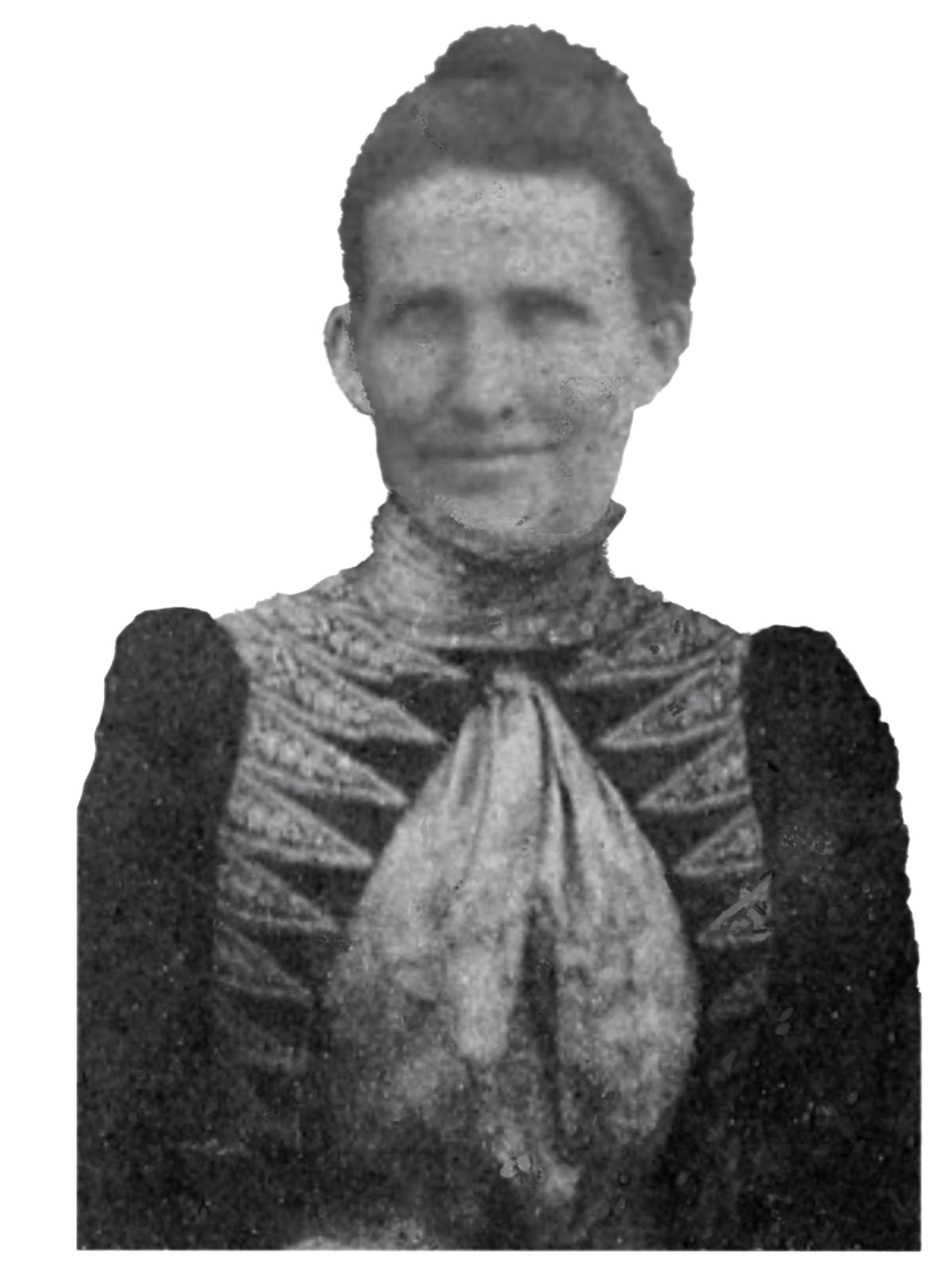
Mary E
‘Polly’
Rose
Truman Shaver was born in 1849,
in Canisteo, New York
Mary E ‘Polly’ Rose was born in 1824,
in Tompins County, New York
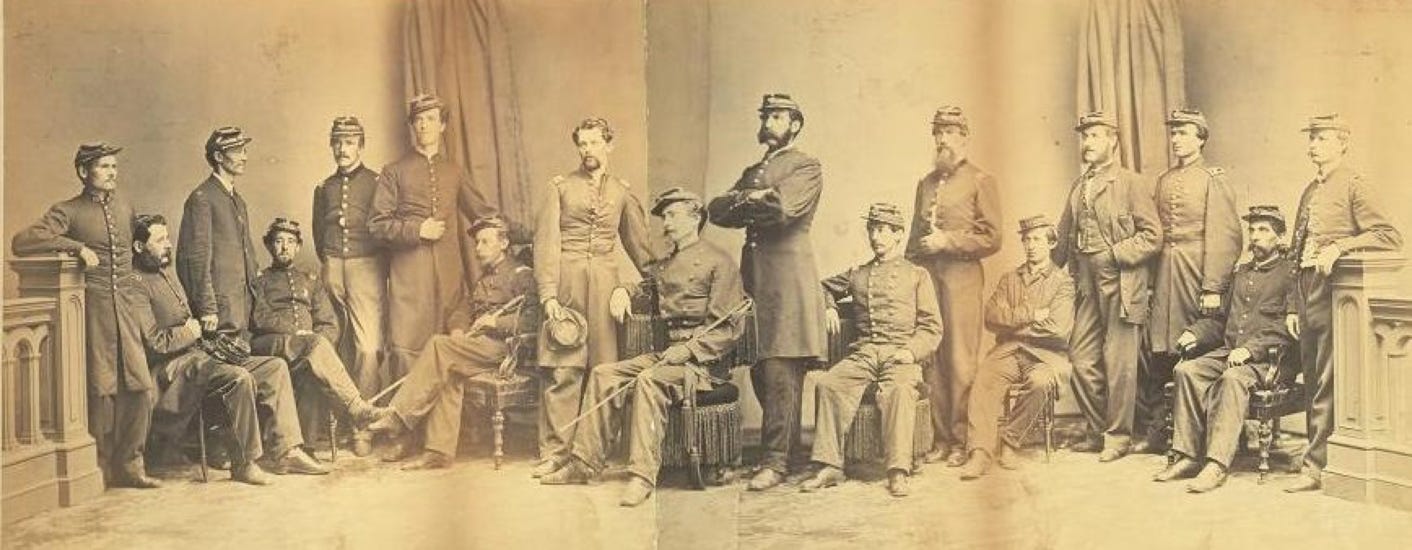
David Whitney


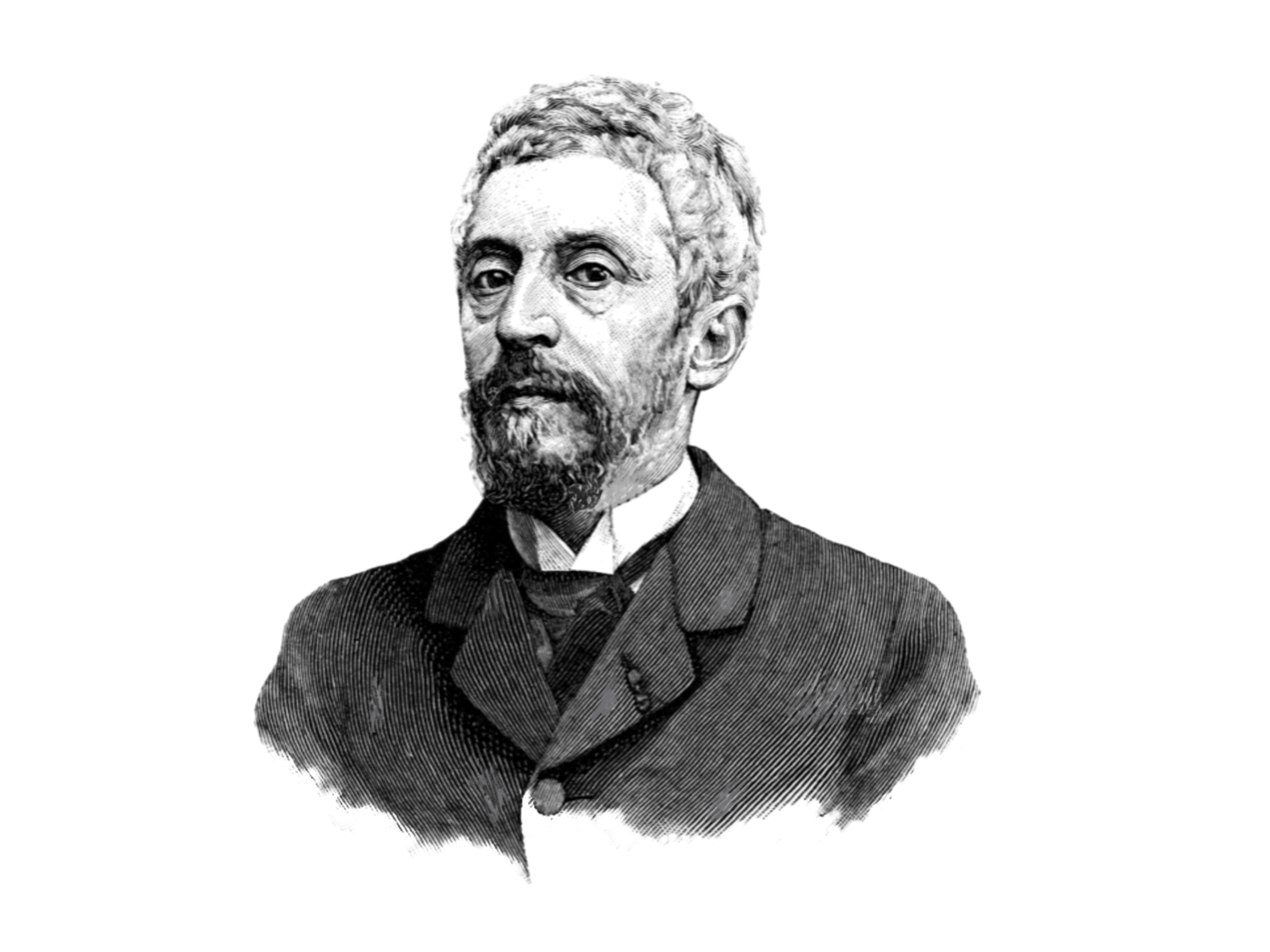
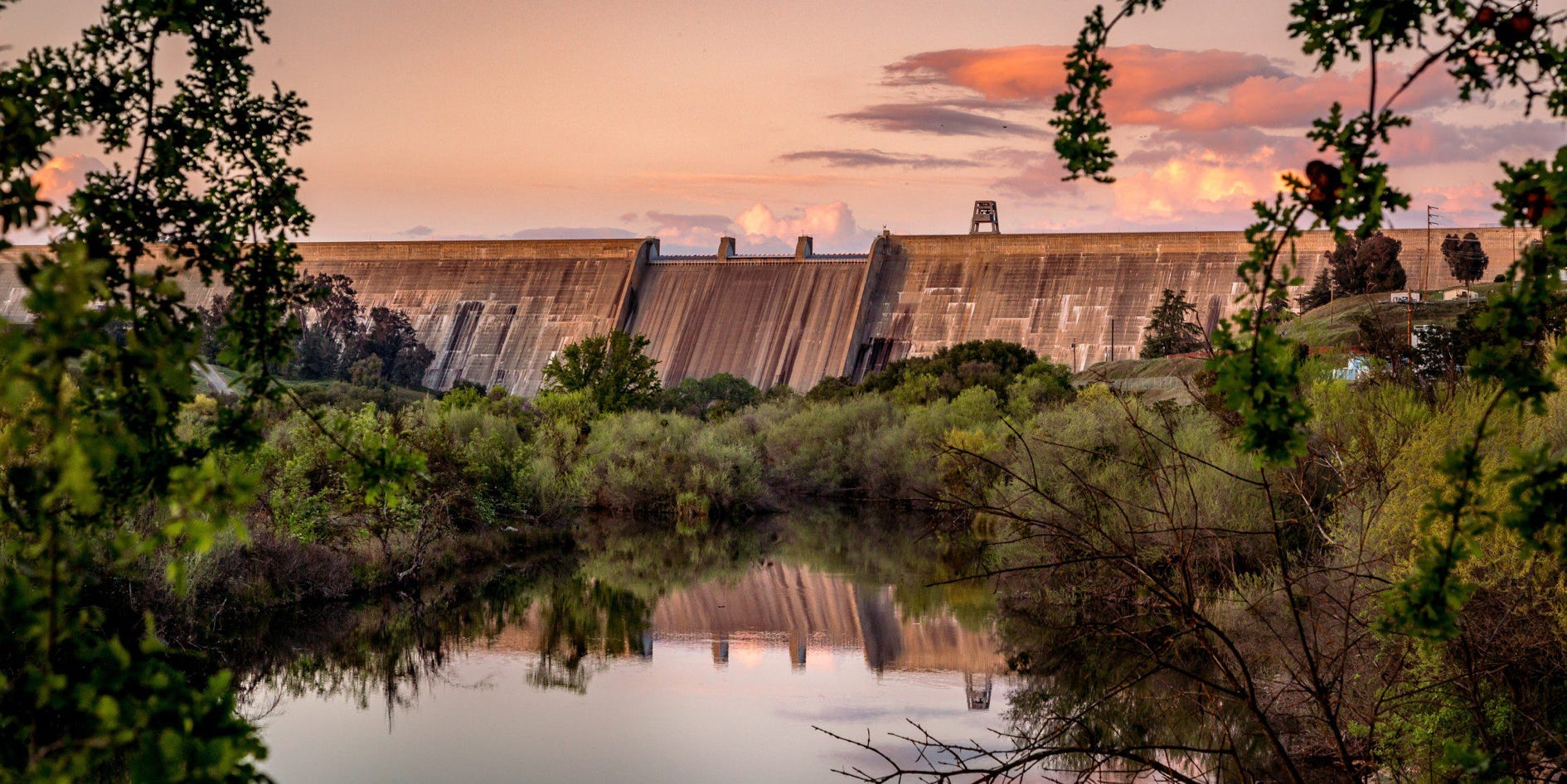
Thomas Friant
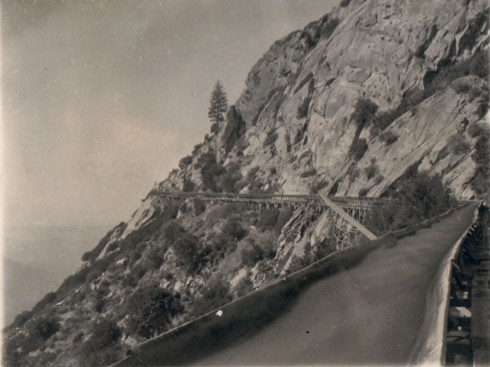
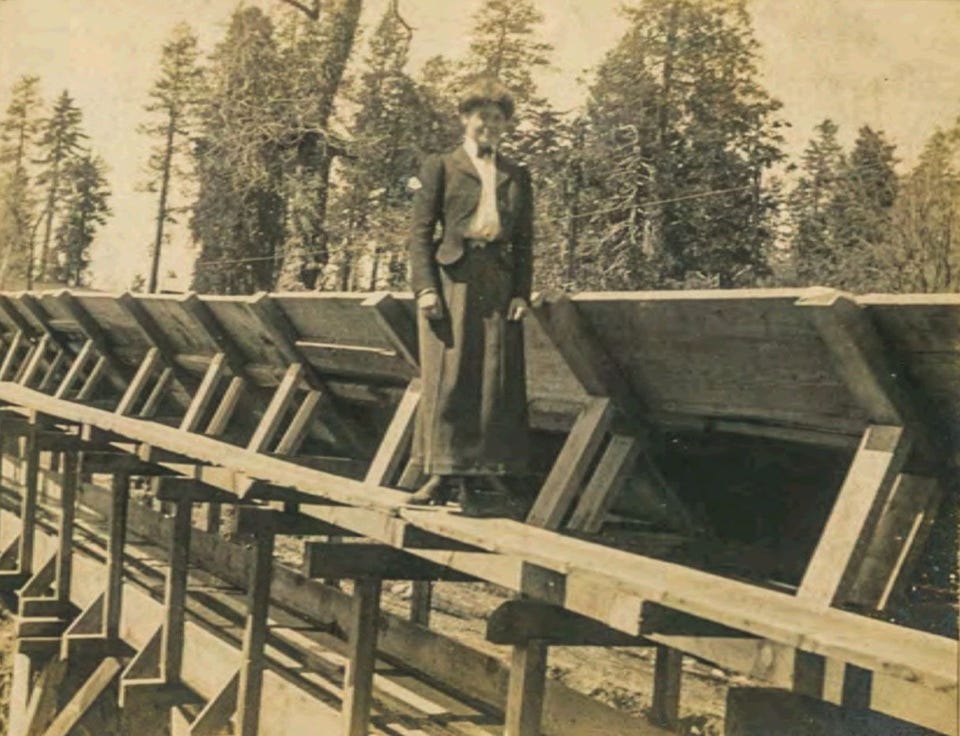
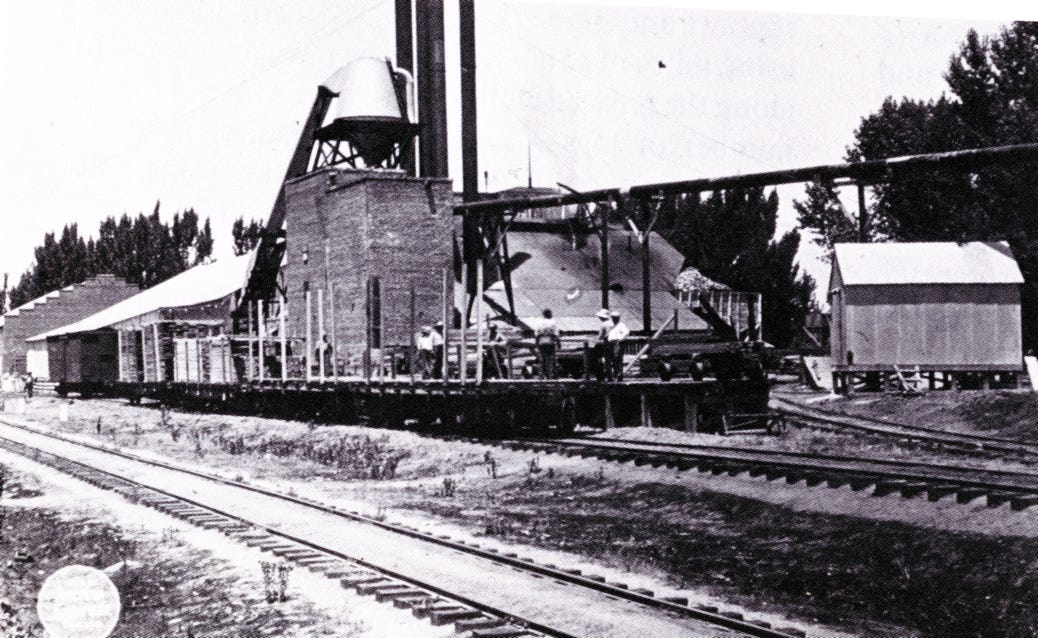

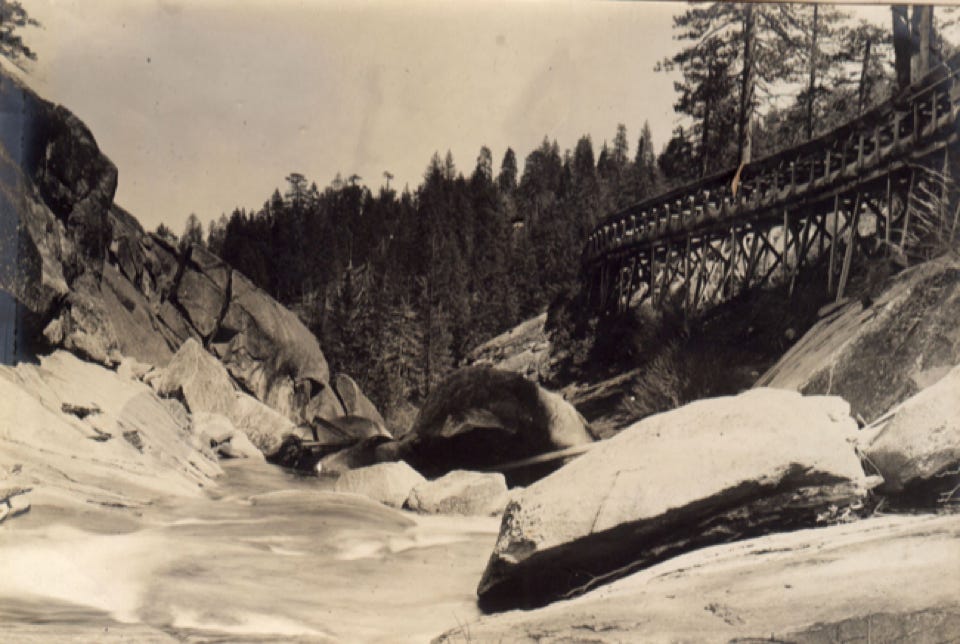

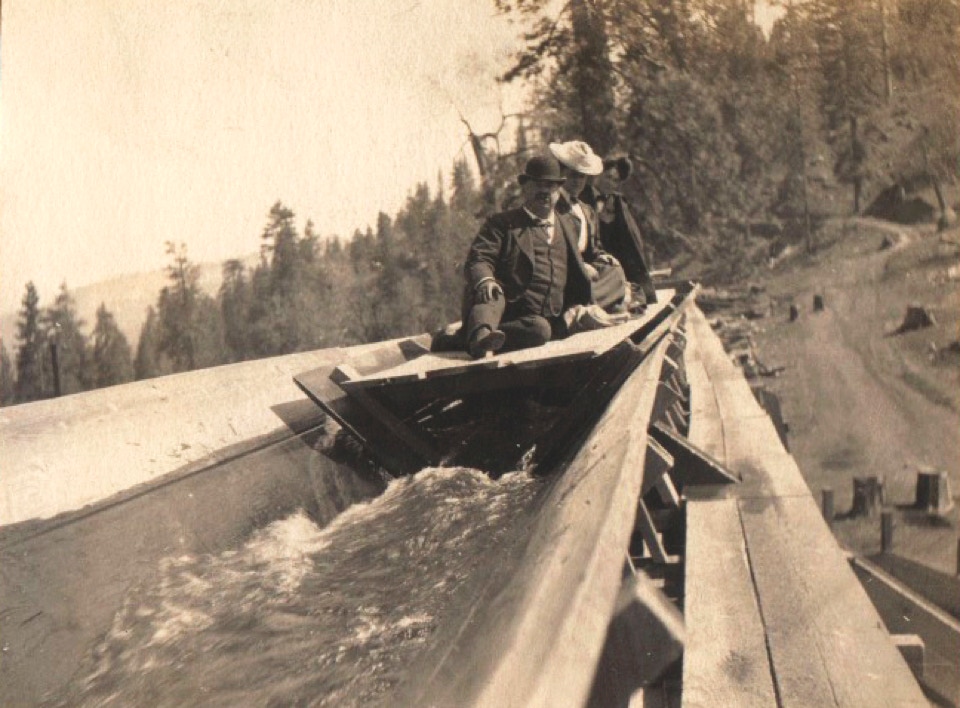


A.B. Long, Doris Shaver, C.B. Shaver and Lewis Swift take a moment to relax


Harvey W. Swift

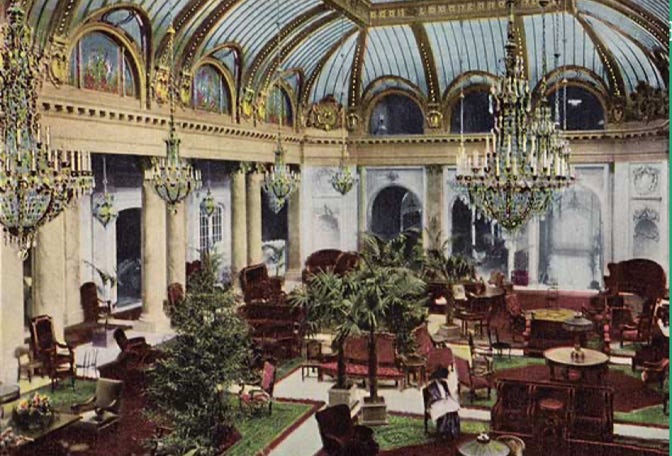

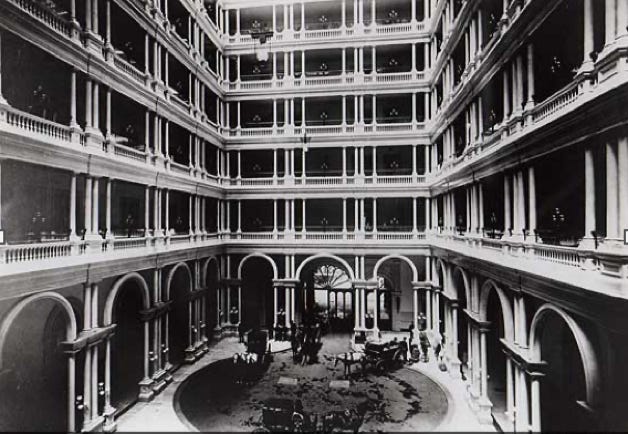
San Francisco’s leading newspapers noted the arrivals and
departures of the Shavers in their Society Sections
